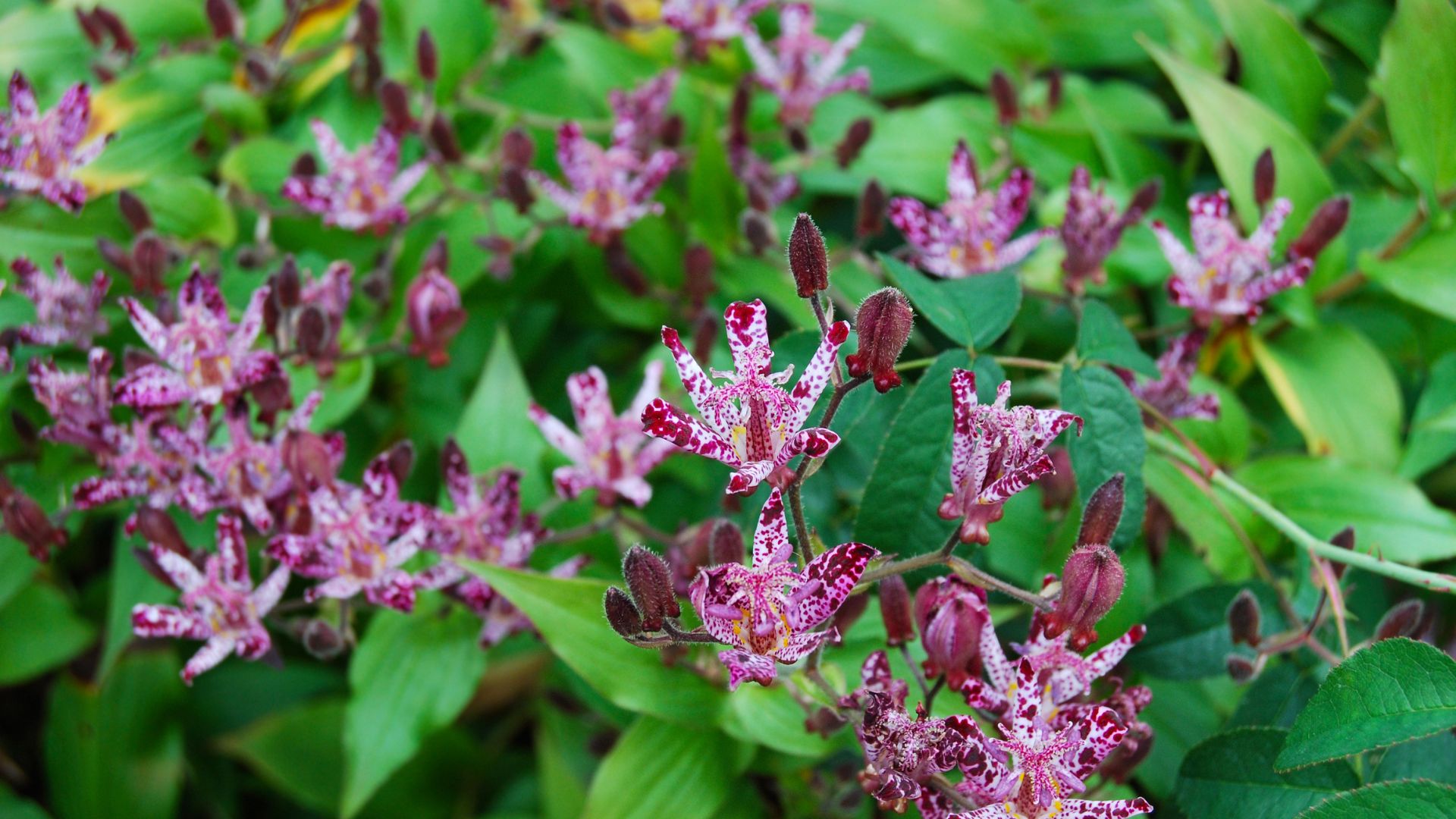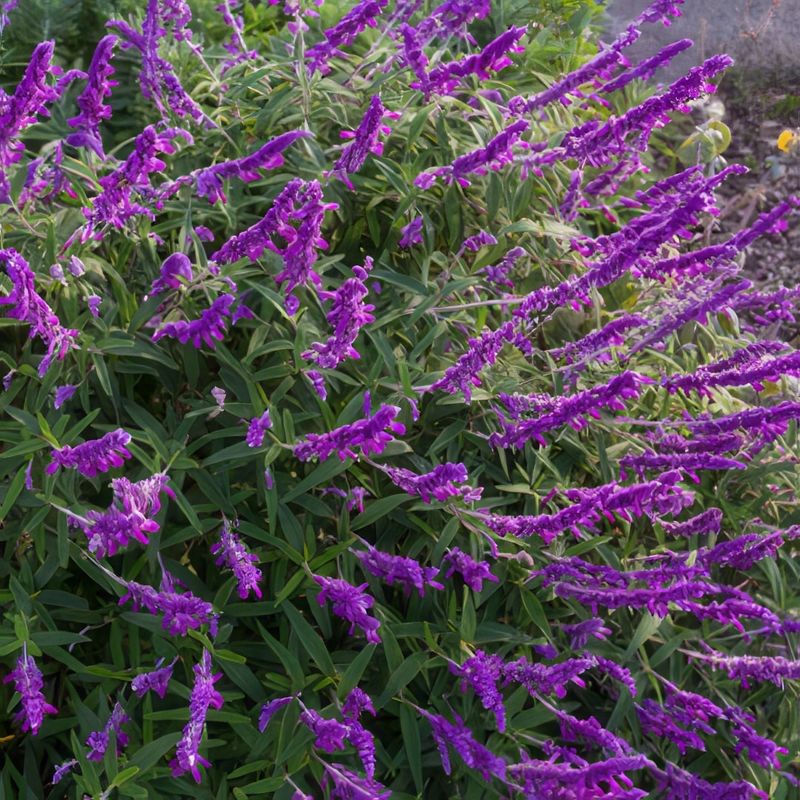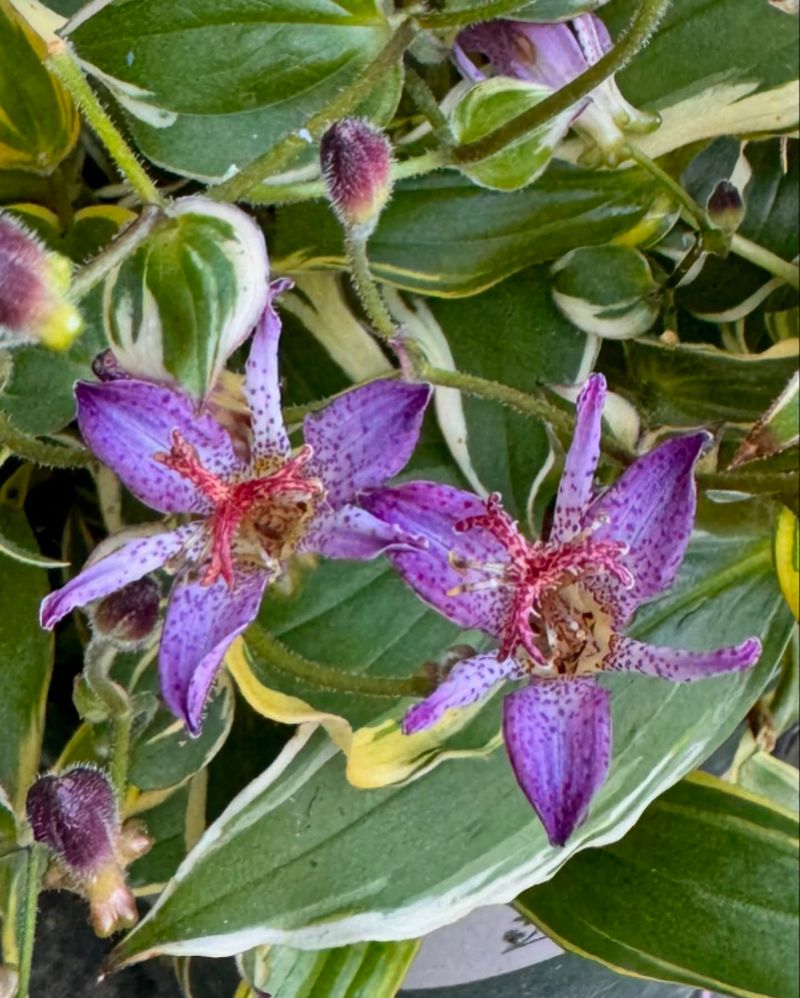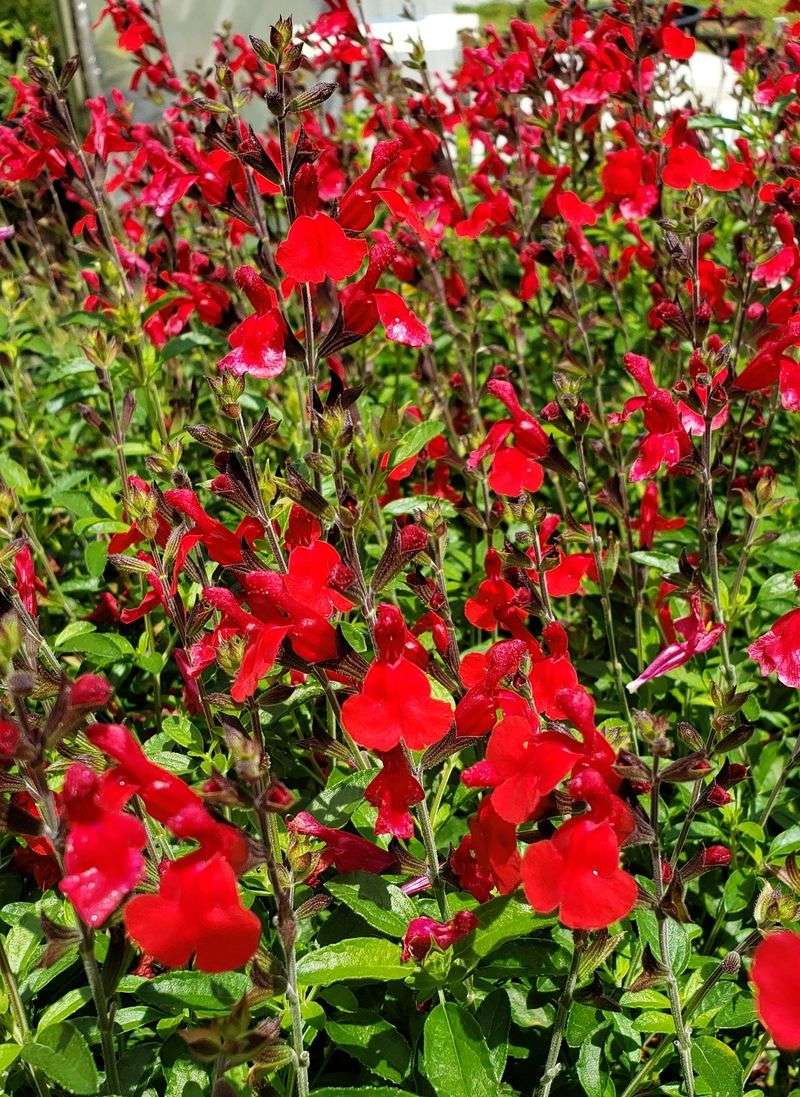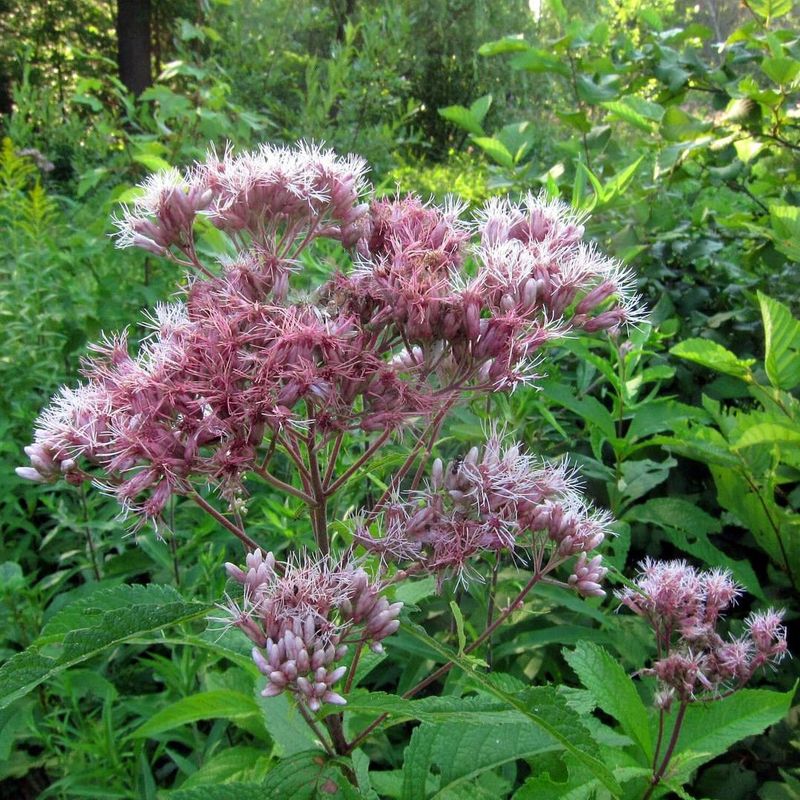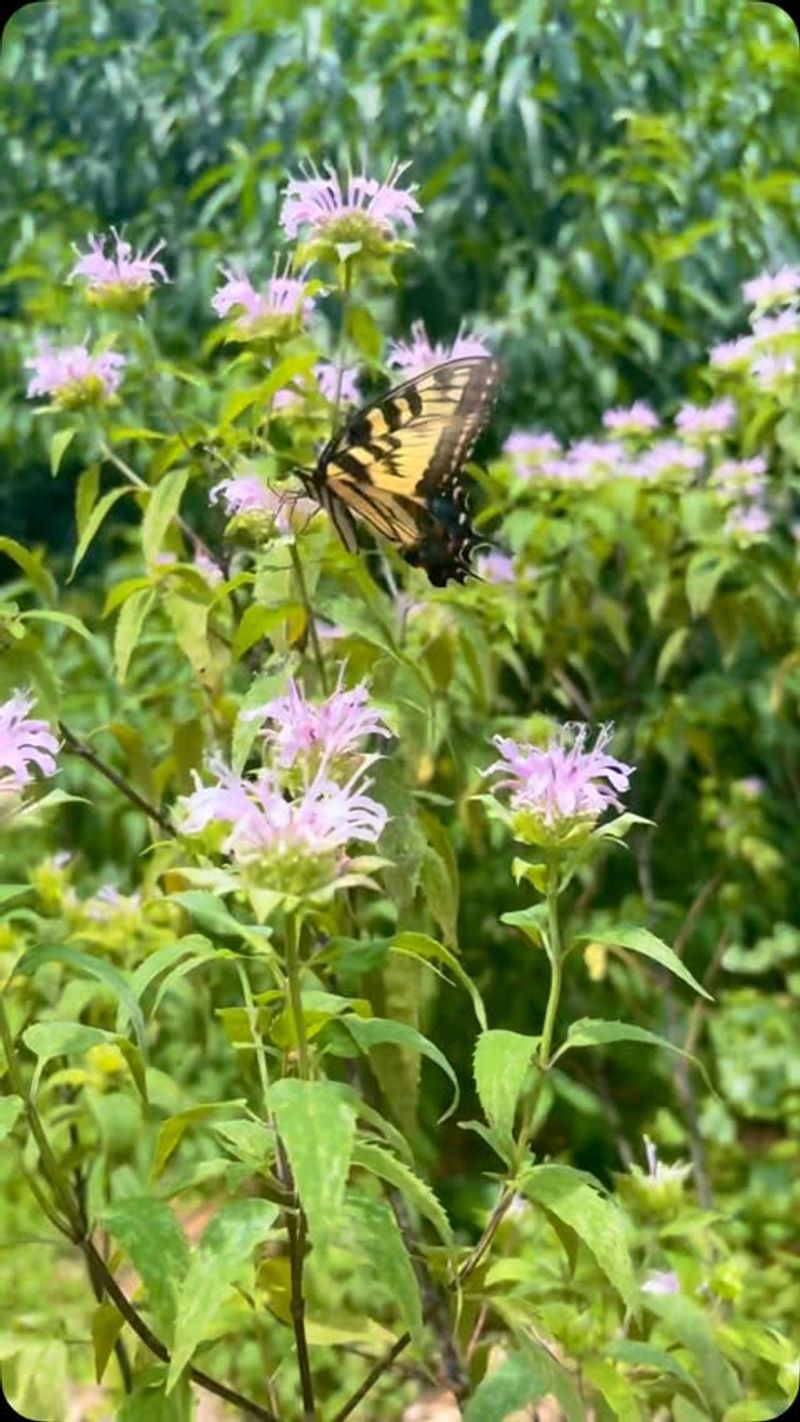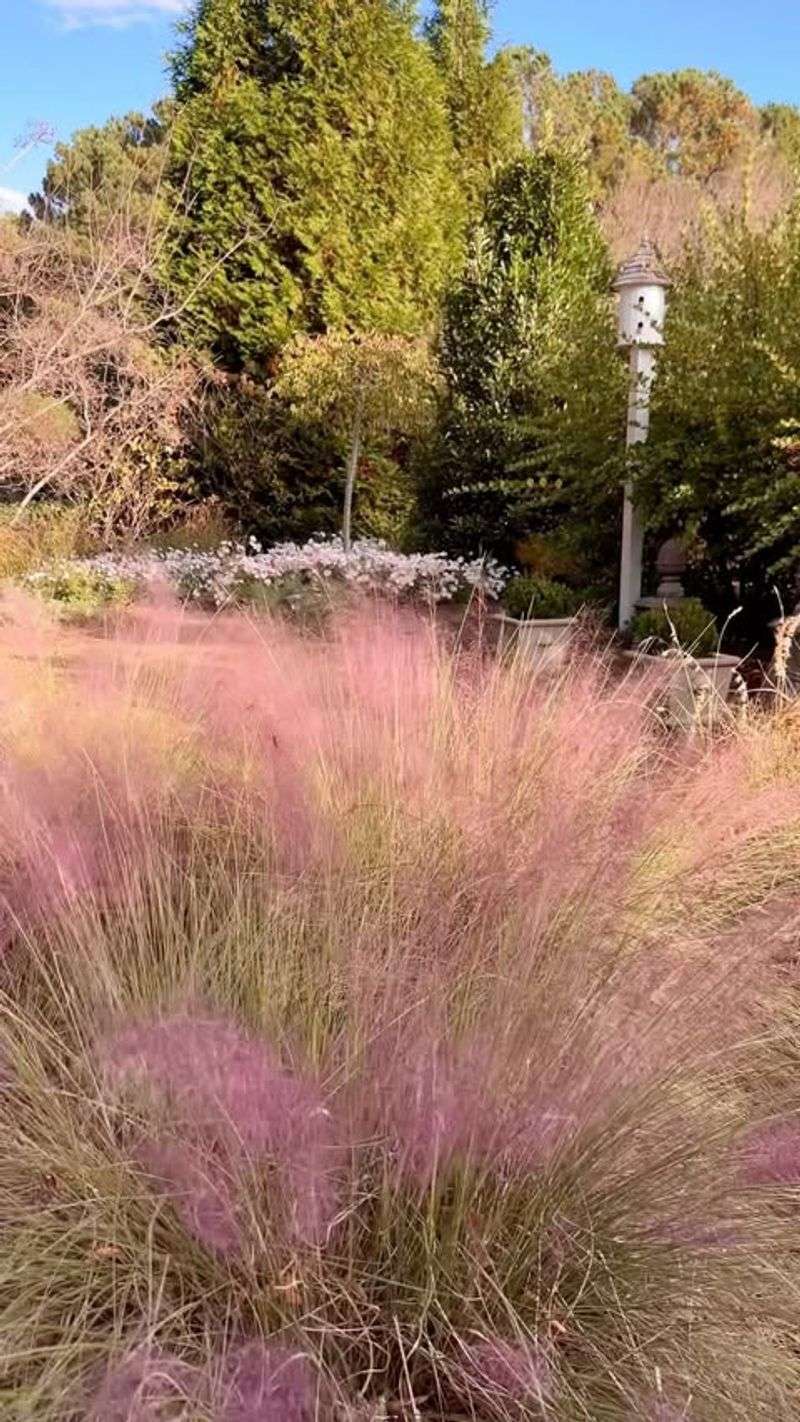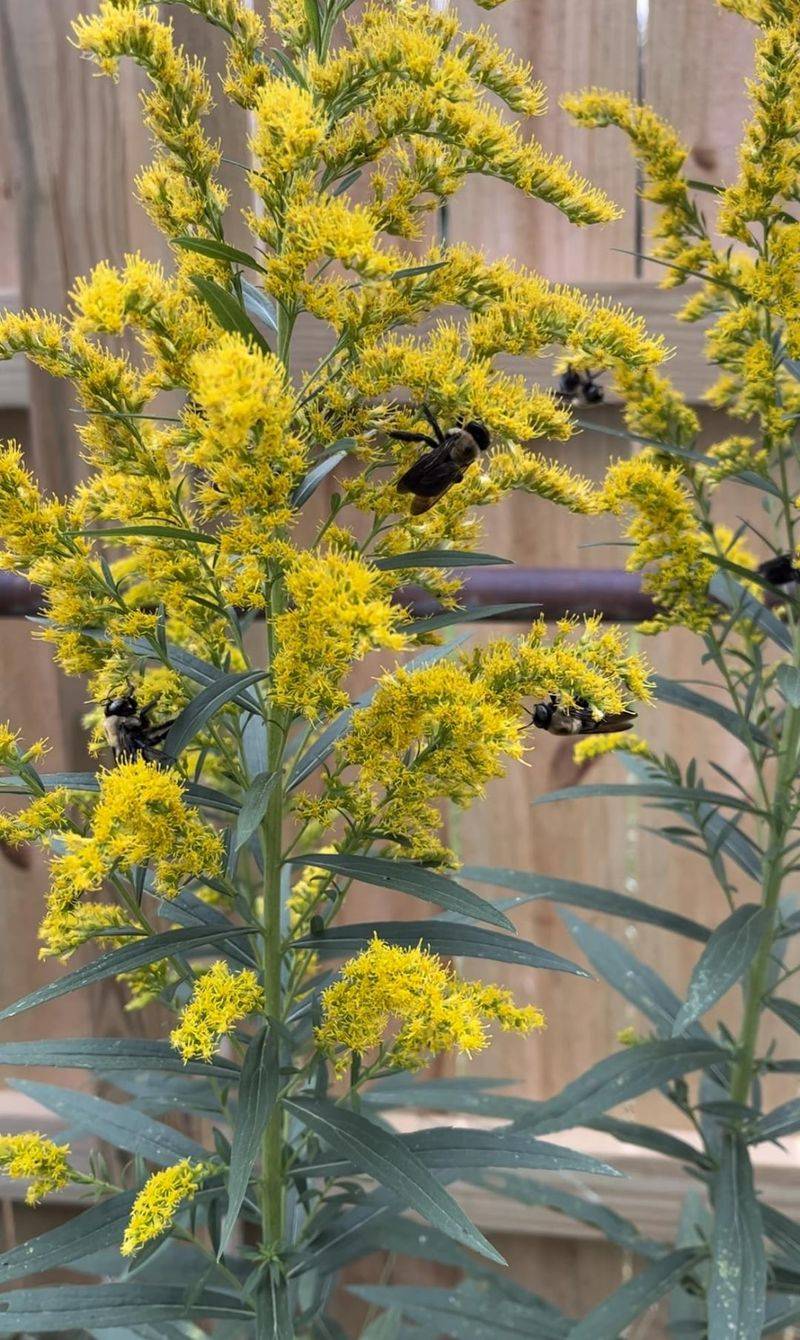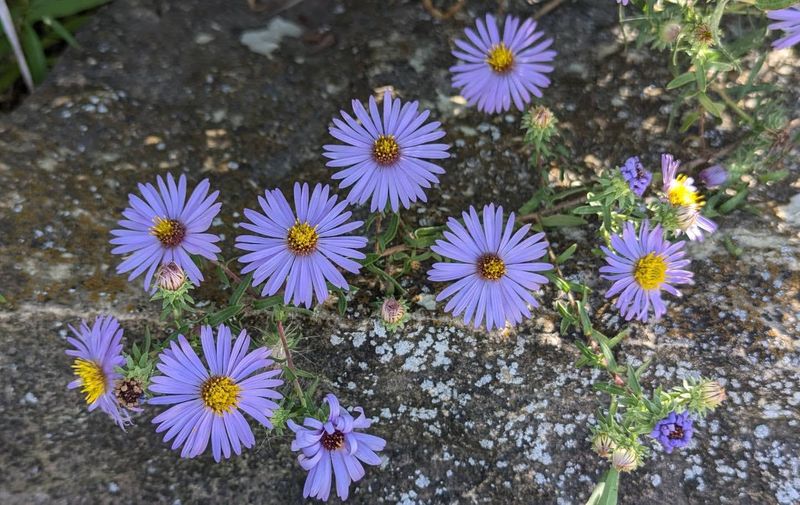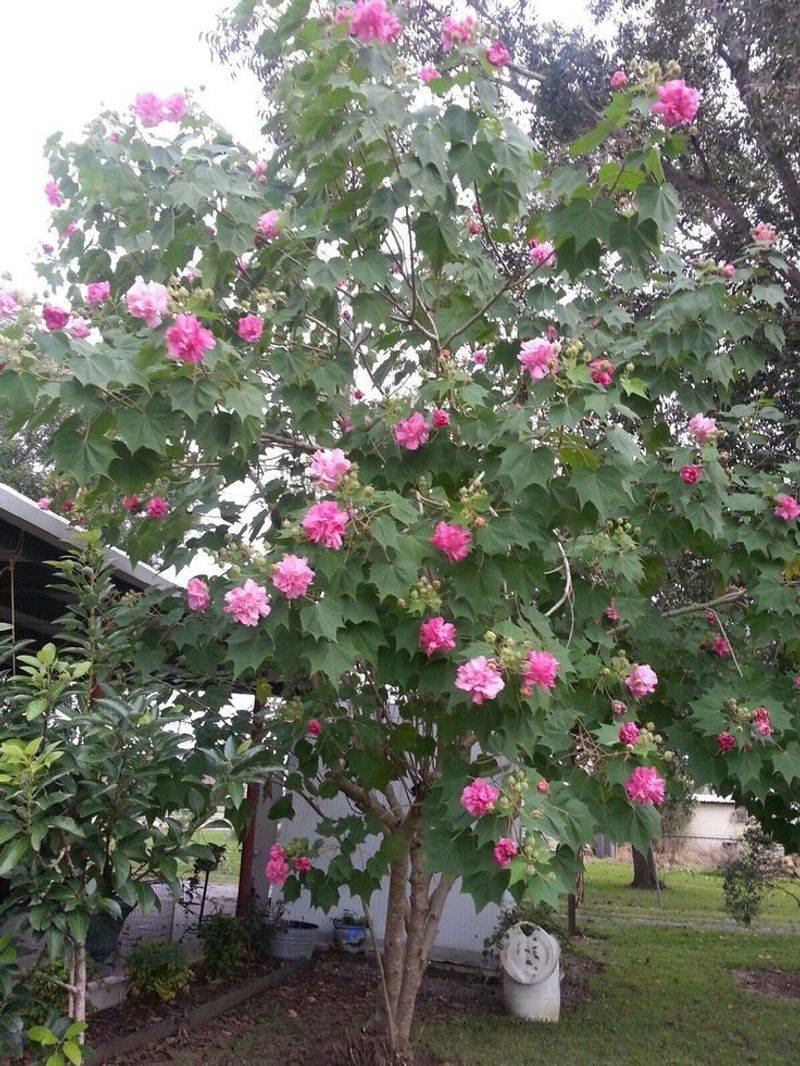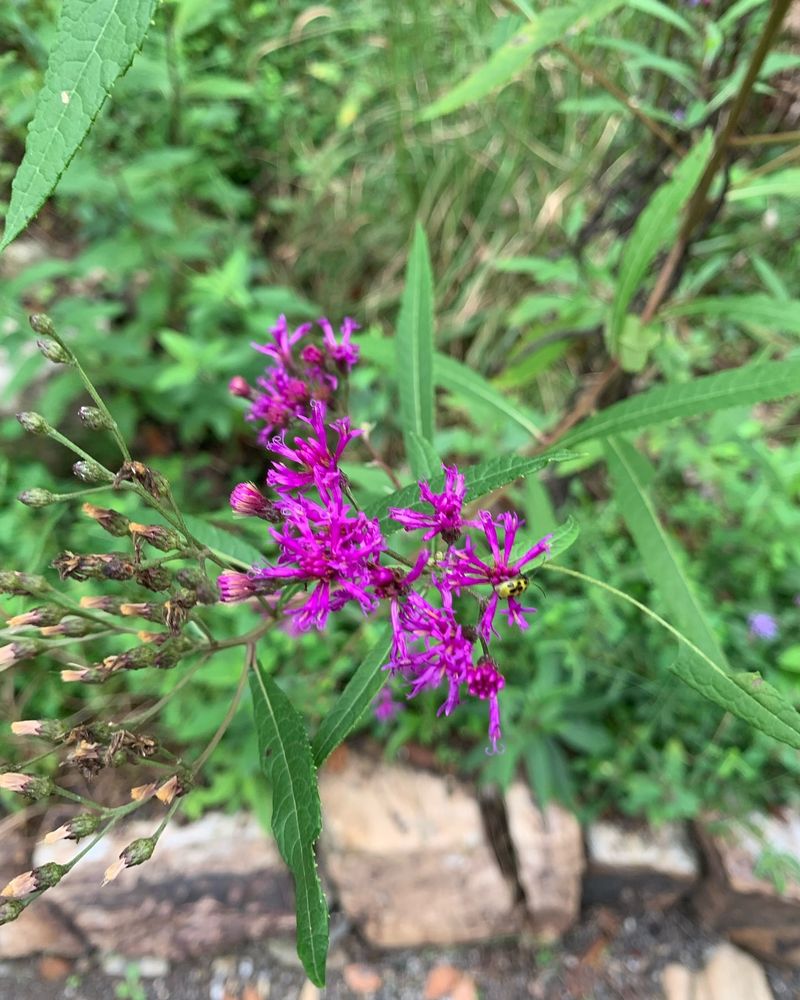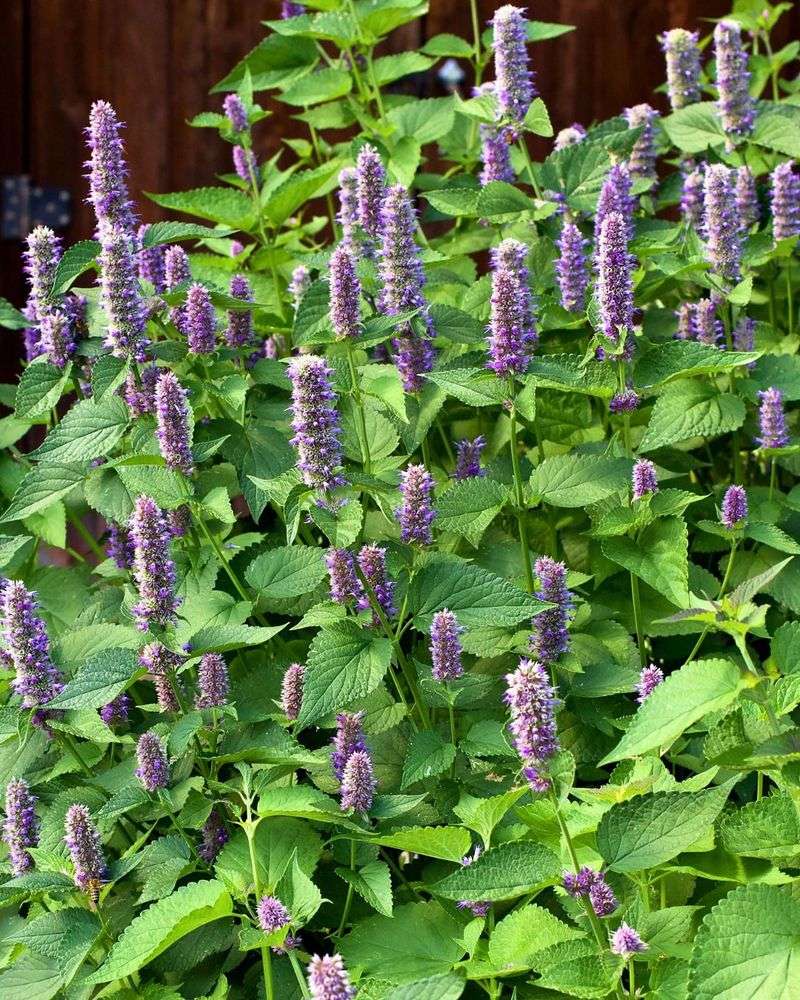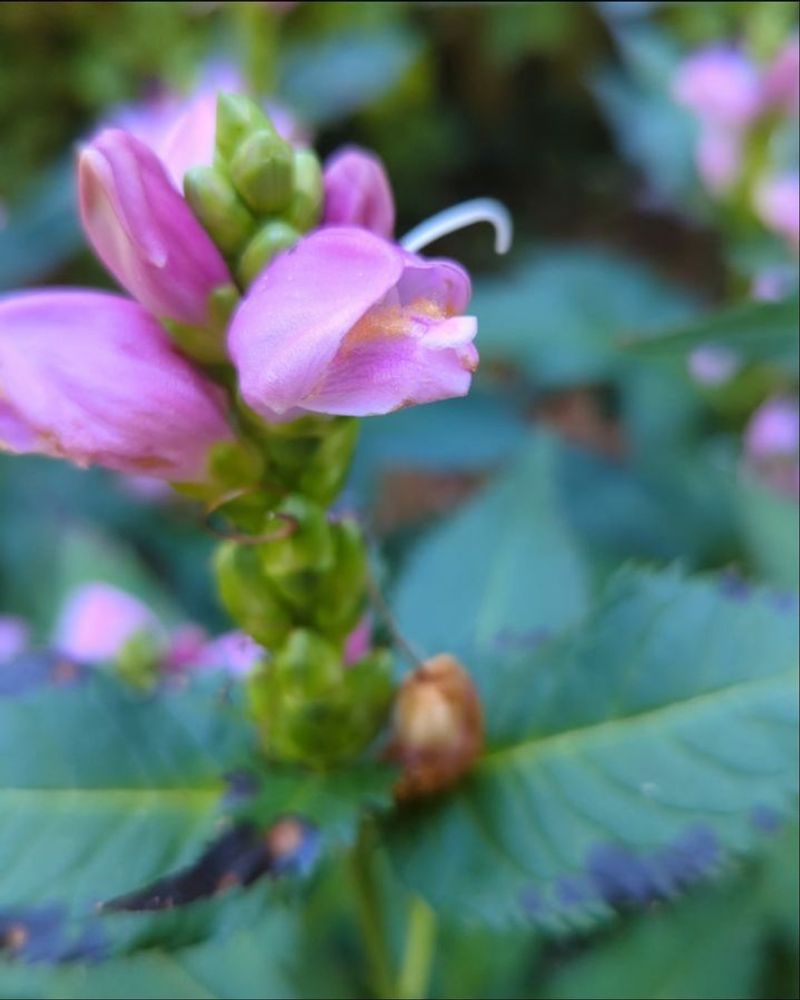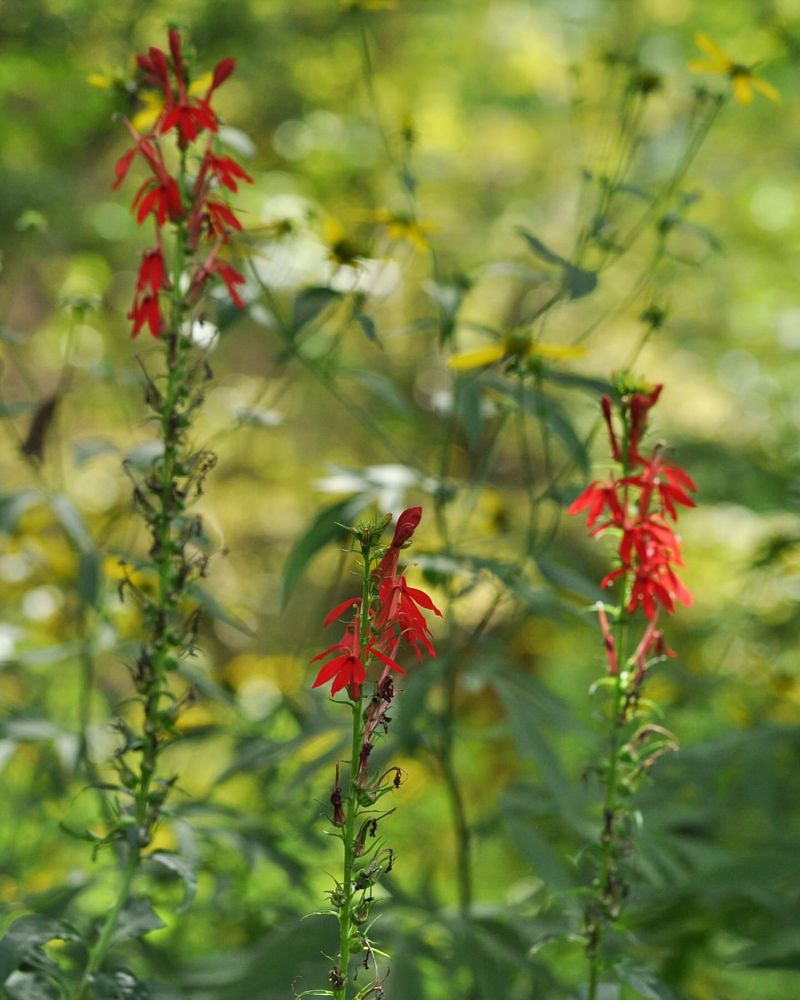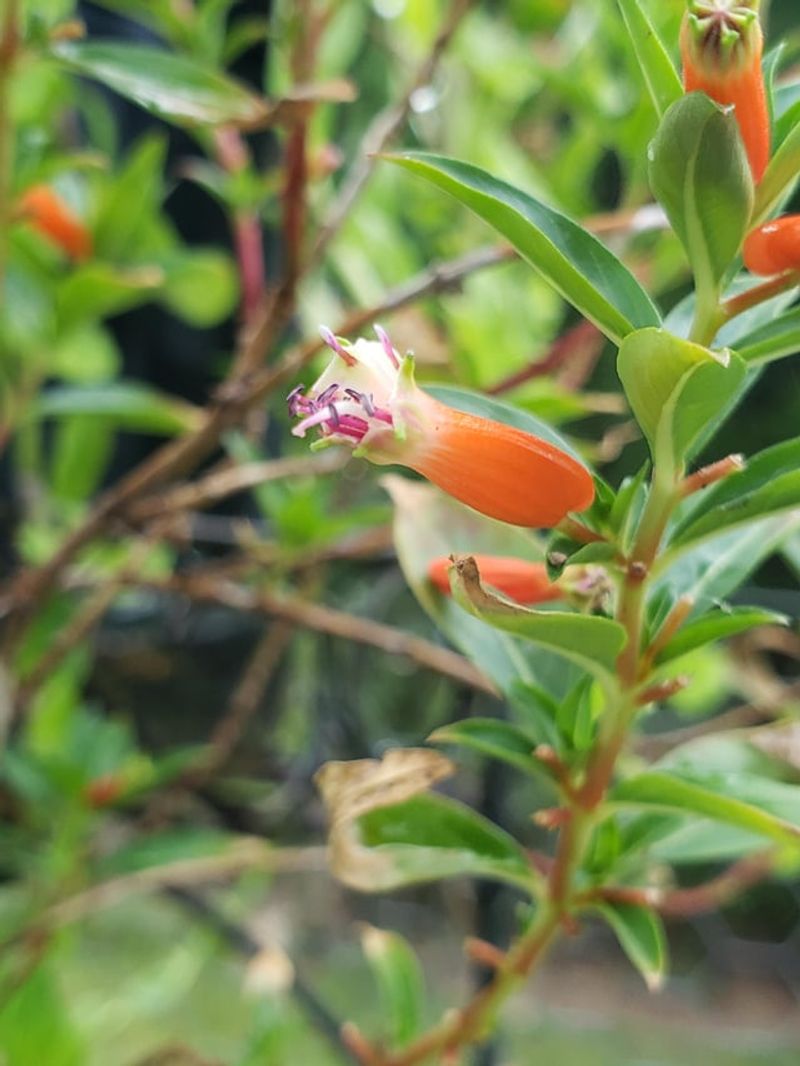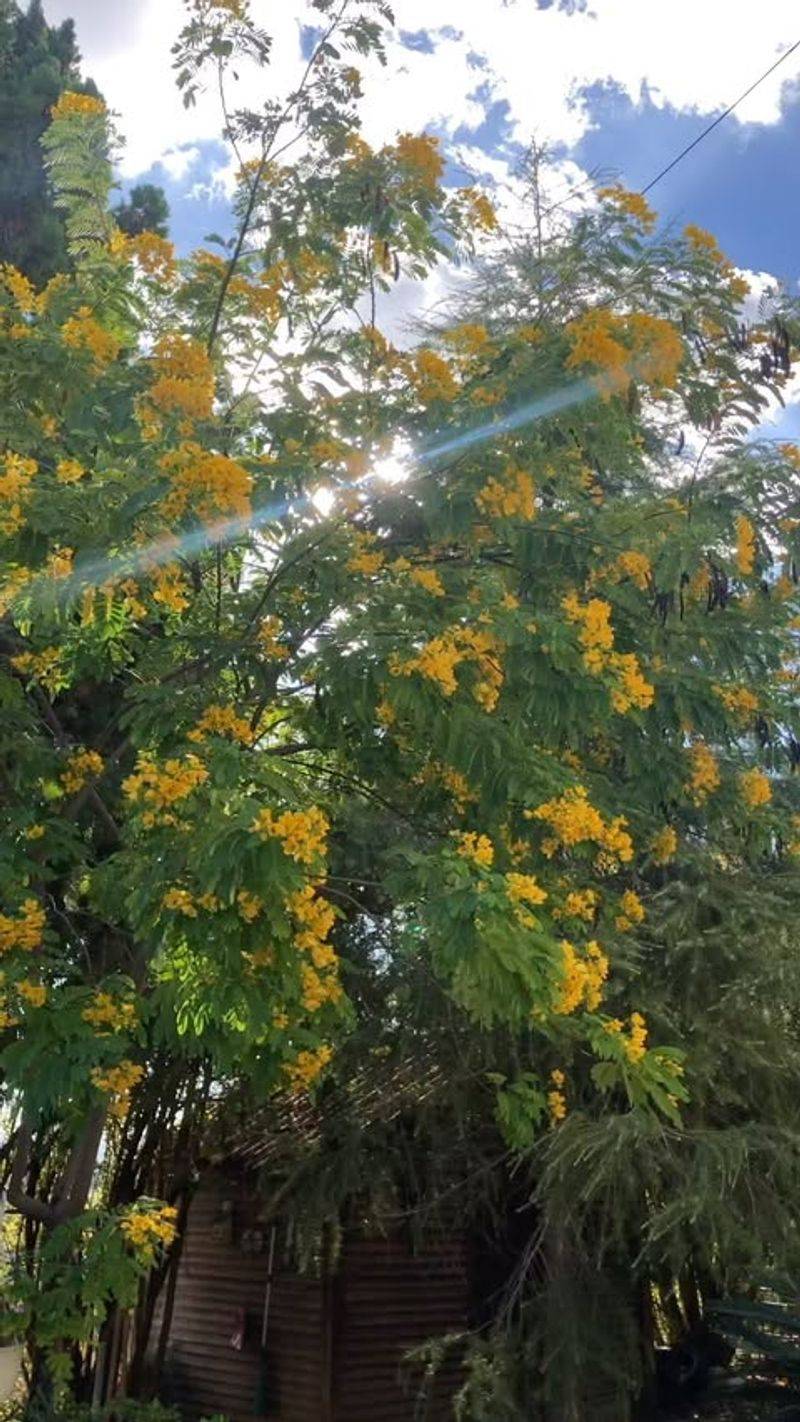In Georgia, summer heat doesn’t quit—even deep into fall. Gardeners often battle fading blooms and wilted leaves, but not all plants wave the white flag. Some flowers love the lingering warmth and thrive in that signature Southern humidity.
Late-season bloomers can bring vibrant color just when most gardens are giving up. These tough beauties don’t just survive—they show off. They’re built to flourish when others fizzle out.
Ready to revive your beds and borders? These heat-loving flowers are perfect for Georgia’s muggy autumn days. Plant them now for a garden that dazzles straight through fall.
1. Swamp Sunflower
Growing up to 8 feet tall, these native wildflowers create spectacular golden displays from September through October when most gardens start looking tired.
Their cheerful yellow blooms attract butterflies and birds to your garden. I’ve seen these beauties thrive even in the heaviest clay soils around Atlanta.
Plant them in full sun with plenty of space to spread, as they can form impressive colonies. Their drought tolerance once established makes them perfect for Georgia’s unpredictable rainfall patterns.
2. Mexican Bush Sage
Velvety purple flower spikes emerge just as summer heat gives way to autumn’s milder temperatures. The silvery foliage provides beautiful contrast in any garden bed.
Unlike many salvias that struggle in our humidity, Mexican Bush Sage actually seems to enjoy Georgia’s sticky air. Hummingbirds can’t resist these nectar-rich blooms. Give it full sun and well-drained soil, then watch it perform its magic from September until first frost.
After growing this beauty for years in my Savannah garden, I’m convinced it’s happiest when August temperatures linger into October.
3. Toad Lily
These exotic-looking blooms appear in September, bringing orchid-like spotted flowers to shady garden corners. Their unique appearance always surprises garden visitors who can’t believe such delicate-looking flowers thrive in Georgia.
Toad lilies perform beautifully in the dappled shade beneath Georgia’s mature oak trees. The speckled blooms come in purples, whites, and pinks. Plant them where you can appreciate their intricate details up close, perhaps along a garden path.
Their preference for rich, moist soil makes them ideal companions for hostas and ferns in woodland gardens across the state.
4. Autumn Sage
Don’t be fooled by its delicate appearance – this tough perennial blooms from spring through fall, hitting its stride when other flowers fade. The bright red, pink, or purple blooms stand out beautifully against its aromatic gray-green foliage.
Hummingbirds flock to my Athens garden when these are in full bloom. Even during those brutal September heat waves, Autumn Sage keeps flowering without complaint. Plant in well-drained soil where it gets at least 6 hours of sun daily.
Its drought tolerance makes it perfect for Georgia’s occasional dry spells, though it handles our humidity with surprising grace.
5. Joe-Pye Weed
Native to Georgia’s moist areas, this wildflower produces mauve flower clusters that tower majestically at 5-7 feet tall by late summer. The vanilla-scented blooms are butterfly magnets, especially for swallowtails.
I’ve watched dozens of butterflies gather on a single stand near my Columbus garden. Despite its “weed” name, this is actually a sophisticated garden performer.
Give it room to spread in a sunny to partly shady spot with consistent moisture. The impressive height makes it perfect for the back of perennial borders, where it creates a dramatic late-season focal point in Georgia landscapes.
6. Firebush
Hummingbirds go crazy for the tubular red-orange flowers that cover this shrub from summer until frost. The glossy foliage takes on reddish tints as temperatures cool, adding extra visual interest.
My coastal Georgia garden relies on firebush for dependable color when everything else looks heat-stressed. It’s practically bulletproof in our climate. Grow it in containers or as a seasonal shrub in full sun.
While technically a tender perennial in north Georgia, it often returns from the roots after mild winters. In south Georgia, it can reach impressive sizes year after year.
7. Pineapple Sage
The brilliant scarlet flowers that appear in October create a stunning late-season show just when gardens need color most. Before blooming, the pineapple-scented leaves make this herb garden worthy on fragrance alone.
Hummingbirds make special trips to my Middle Georgia garden when these start flowering. The timing couldn’t be better – right during fall migration. Plant in rich, well-drained soil where it gets plenty of sun.
Though it may not survive north Georgia winters, it grows quickly enough to be worth replanting each spring. The edible flowers make beautiful garnishes for fall cocktails and desserts.
8. Muhly Grass
Nothing says fall in Georgia like the cotton candy-pink plumes of muhly grass catching the golden afternoon light. This native grass creates a magical effect from September through November.
The airy seed heads seem to float above the fine-textured foliage. Even on the hottest fall days in my Macon garden, the gentle movement adds a cooling visual effect. Plant in well-drained soil with full sun exposure.
Its drought tolerance and salt resistance make it equally at home in coastal Georgia gardens and urban Atlanta landscapes. The winter structure provides interest long after the pink color fades.
9. Goldenrod
Forget the myth about goldenrod causing allergies – these golden plumes are actually pollinator paradise in September and October. The bright yellow flowers light up Georgia’s fall landscape just when summer blooms fade.
Watching bees and butterflies swarm my Athens garden’s goldenrod patch is one of autumn’s greatest pleasures. Native varieties are particularly well-adapted to our climate. Choose compact cultivars like ‘Fireworks’ for garden settings to avoid the spreading habit of wild types.
Plant in average soil with good drainage and full sun for best flowering. Goldenrod pairs beautifully with purple asters for a classic fall color combination.
10. Aromatic Aster
Small but mighty, these native asters burst into bloom just as monarch butterflies make their fall migration through Georgia. The lavender-blue flowers with yellow centers cover the compact plants from September until frost.
Unlike some asters that flop, aromatic aster stays neat and upright even through our infamous Georgia downpours. The foliage releases a pleasant scent when brushed against. Grow in average to poor soil with excellent drainage.
Too much fertility actually reduces flowering. I’ve found these native beauties thrive in the challenging clay soils around Atlanta when given sharp drainage and full sun exposure.
11. Confederate Rose
This old Southern favorite produces flowers that change from white to pink to deep rose over several days. The large hibiscus-like blooms create a dramatic display from late summer until frost.
My grandmother’s Confederate Rose was always the talk of her Valdosta neighborhood each September. The 8-foot shrub became completely covered in flowers.
Technically a hibiscus relative, it’s grown as a woody perennial in south Georgia and an herbaceous perennial in the northern parts of the state. Give it rich soil, regular water, and protection from afternoon sun for best results in our hot climate.
12. Giant Ironweed
Rising 7-10 feet tall, this native wildflower produces intense purple blooms that attract clouds of butterflies in late summer. The deep color stands out beautifully against Georgia’s often parched September landscape.
I’ve watched swallowtails, skippers, and monarchs all competing for space on these flowers in my Columbus garden. Few plants attract such diverse pollinators. Plant in moist, rich soil where it has room to reach its full height.
Though it prefers consistent moisture, established plants handle Georgia’s occasional drought periods surprisingly well. The seedheads provide winter interest and food for birds long after blooming ends.
13. Anise Hyssop
Spikes of lavender-blue flowers appear from midsummer through fall, attracting every bee and butterfly in the neighborhood. The licorice-scented foliage adds sensory appeal to Georgia gardens. Even during August heat waves, these sturdy plants keep blooming without complaint.
I’ve grown them successfully from the mountains to the coast. Plant in average soil with good drainage where they receive at least 6 hours of sun daily. They self-seed politely without becoming invasive.
The dried seed heads provide architectural interest through winter, and the leaves make a delightful anise-flavored tea popular with Georgia gardeners.
14. Turtlehead
Named for their turtle-head shaped flowers, these native perennials bloom from late summer into fall with pink or white blossoms. They thrive in Georgia’s wet spots where many other perennials would rot.
In my partly shaded garden near a downspout, turtleheads bloom reliably every September when many other flowers have given up. They’re essential plants for rain gardens. Provide rich, consistently moist soil and protection from hot afternoon sun.
Their upright growth habit (2-3 feet tall) makes them perfect for the middle of mixed borders. As native plants, they support specialized pollinators that have evolved alongside them.
15. Cardinal Flower
The brilliant scarlet spikes of this native wildflower light up streambanks and moist garden spots from August through October. Hummingbirds find them irresistible and will defend patches aggressively.
I’ve created a small rain garden specifically to support these moisture-loving beauties in my Atlanta yard. Their intense color stands out dramatically against green foliage. Provide consistently moist, rich soil and afternoon shade in Georgia gardens.
Though short-lived perennials, they self-seed readily when happy. Their ability to thrive in wet conditions makes them perfect for those problematic soggy spots in Georgia landscapes.
16. Cigar Plant
Tubular orange-red flowers tipped with white and black resemble tiny cigars, blooming non-stop from spring until hard frost. Hummingbirds become absolutely obsessed with these flowers in late summer.
My hanging baskets of cigar plants keep hummingbirds entertained well into October when many other nectar sources have disappeared. They’re surprisingly heat and humidity tolerant. Grow in containers or as bedding plants in rich, well-drained soil.
While not winter-hardy in most of Georgia, they’re inexpensive and grow quickly enough to be worth replanting each spring. Their trailing habit makes them perfect for hanging baskets and container edges.
17. Cassia Tree
Masses of bright yellow flowers cover this small tree or large shrub in September and October, creating a spectacular golden display. The unusual compound leaves add tropical texture to Georgia gardens.
After admiring one in a friend’s Savannah garden, I added a cassia to my own landscape. It’s now my favorite fall feature, blooming exactly when the garden needs a boost. Plant in well-drained soil with full sun exposure.
Though marginally hardy in north Georgia, it’s worth growing even as a die-back perennial for its exceptional late-season color. The seed pods provide winter interest after the flowers fade.

